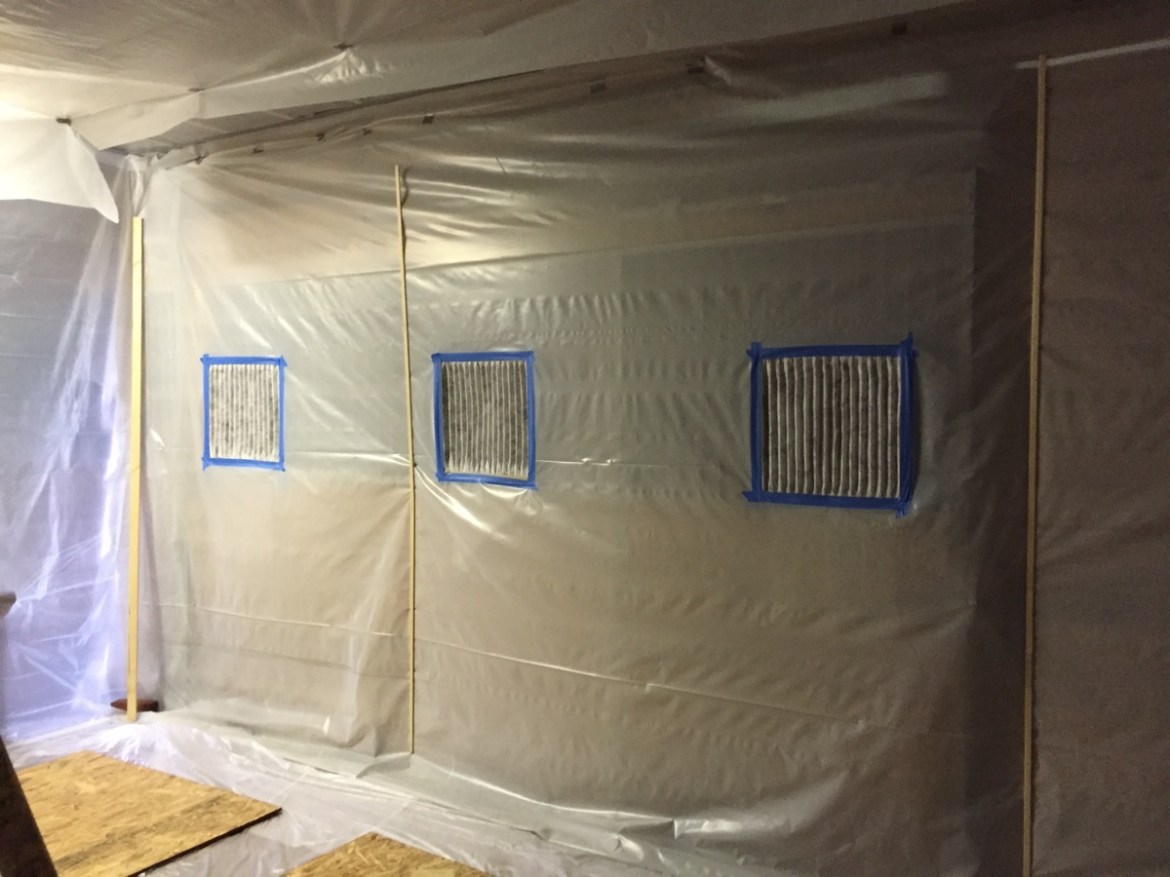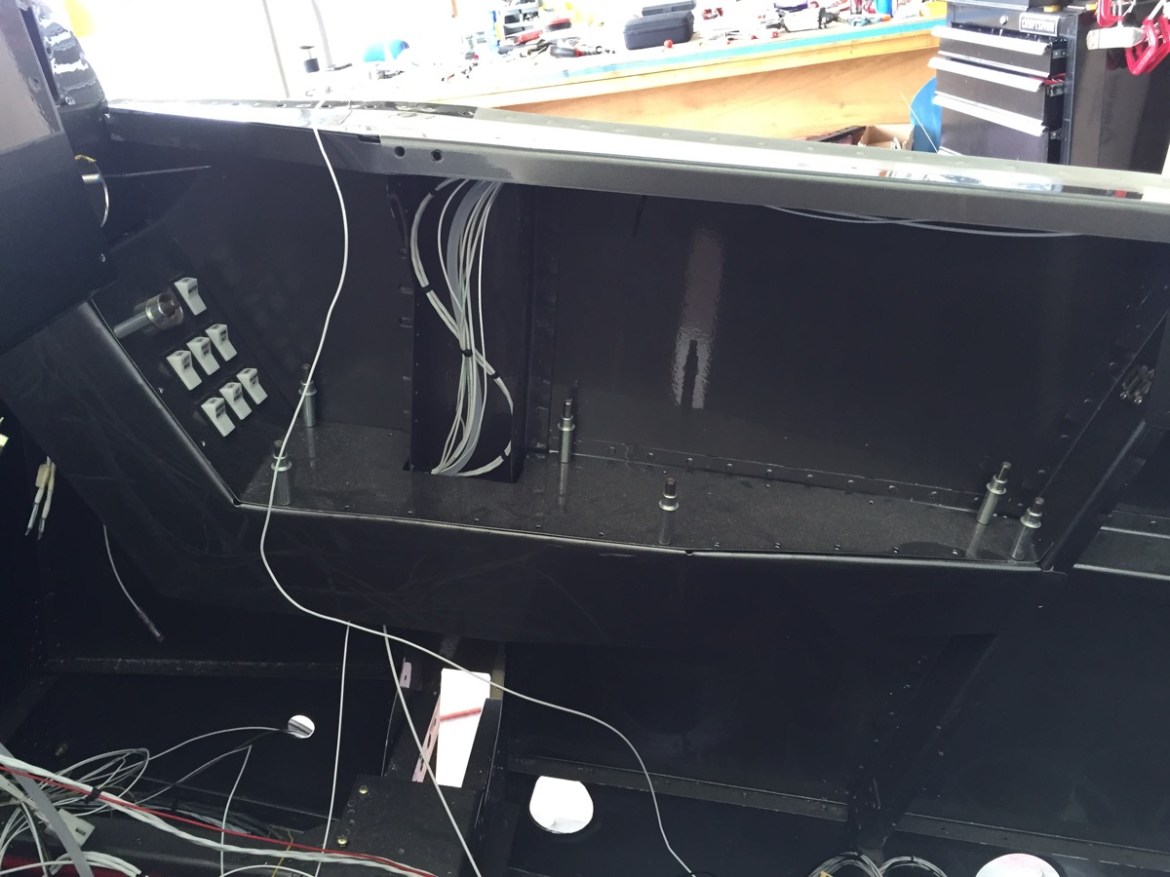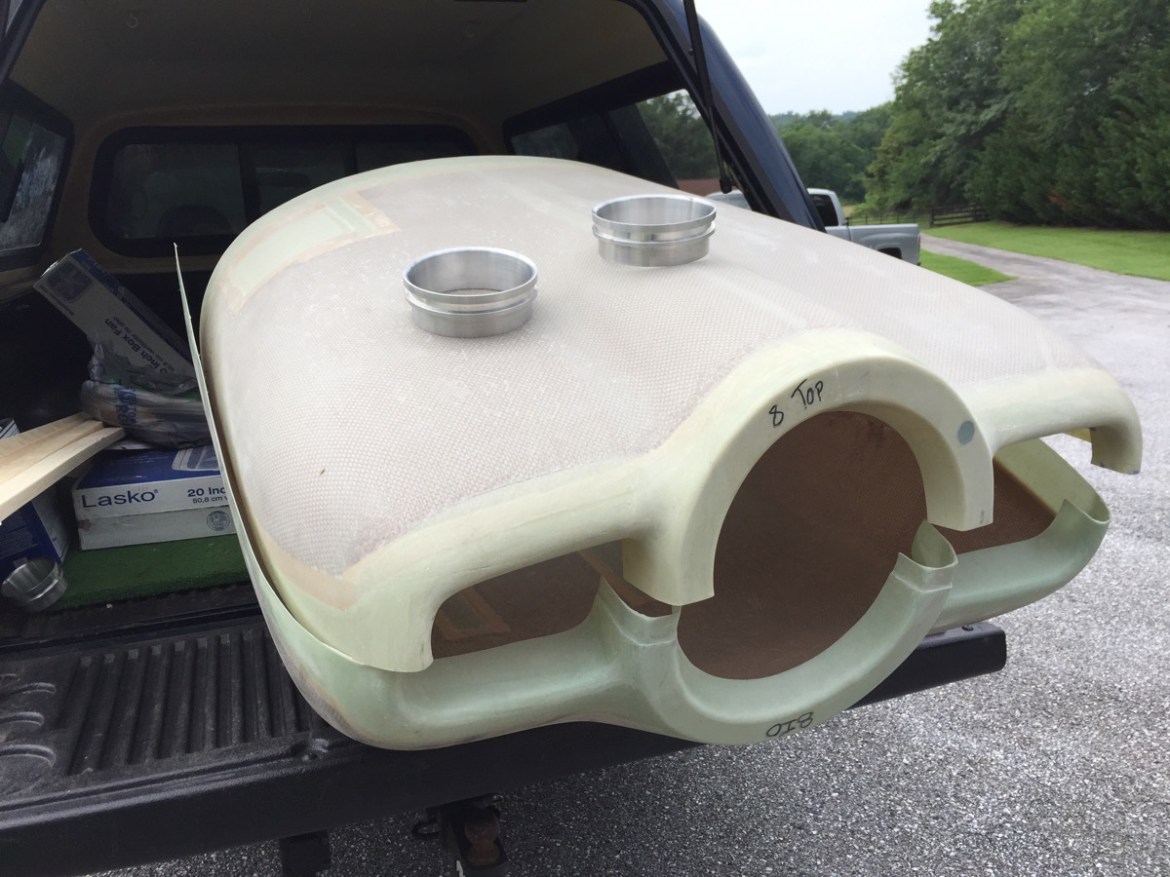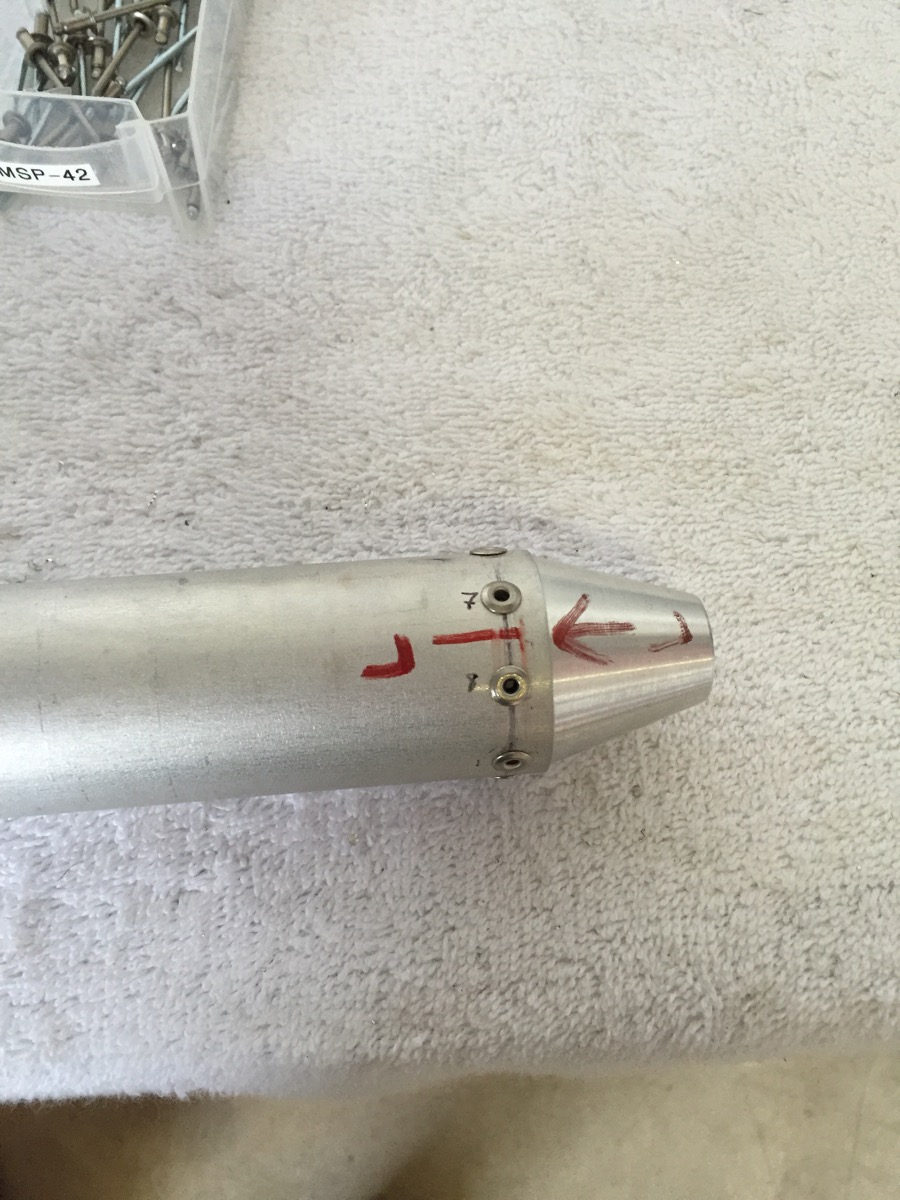Paint Booth
I continued work on the paint booth over the weekend. The first layer of plastic is super thin, and I should have known, not sufficient to withstand the negative pressure (it was cheap!). Regardless it serves a good purpose to create a semi-clean workspace in a barn, that is anything but! 
My first order of business was to install the furnace filter intakes, and the fans facing outward.

Next I began installing the thicker 4mil plastic. I completed both of the walls and most of the ceiling. Then I used 3.5 mil plastic for the two end walls.

The thicker plastic is only 10 feet wide, so I have a small strip on the ceiling at this point that will require some additional plastic. 
I used furring strips to hold the plastic to the wall with 1/2 inch staples.



In the next shop session, I finished the ceiling segment and installed another layer of the 0.31 mil plastic underneath the “floor” boards shown here. I then taped the floor seems with duct tape. Show in this photo is the condition of the booth with both fans on. The negative pressure is rather intense, but everything is holding up just fine.
Another photo of the negative pressure effects. 
As you can see the floor billows out a little but the spare wood holds it in place. Bricks hold down the walls, and I still have a few furring tips to install. I also have some 1x1s to install in the corners. After that a little more duct tape sealing and some stapling and the sealing work will be essentially complete.


This photo is the entrance. The entire wall is a sliding barn door. Since this will be the entrance point, I can’t use a furring strip. The heavy duty rubber mats I have act as a good seal for the bottom. To close the door on the right and left I will use duct tape and possibly a board that I can screw and unscrew for opening the door.

I still need to hang the four lights, and then complete the sealing work and this puppy will be ready for action.




















